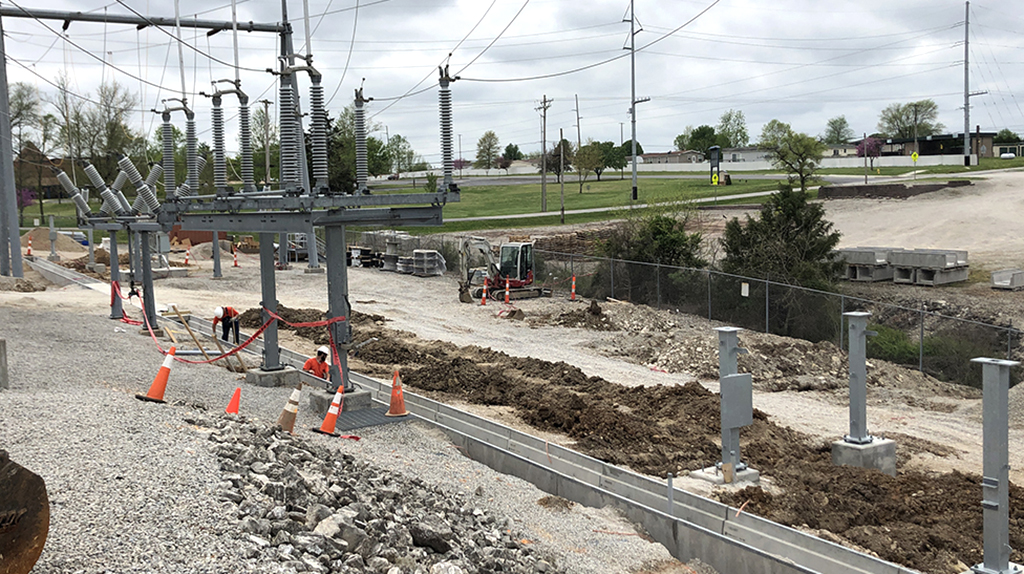
11 May High-Performance Grounding for Power Systems
Grounding for power systems is an often misunderstood, yet crucial aspect of protecting power equipment and utility personnel while also minimizing downtime. A properly engineered grounding system will not only allow surge arresters to operate, but will also limit ground potential rise (GPR) and touch and step voltages to acceptable levels defined by IEEE-80.
SAE approaches each grounding project individually since unique environmental and geological characteristics can mean that grounding requirements vary between locations. In order to engineer and install a high-performance grounding system, the SAE team measures soil resistivity and gathers data on soil types and features that can affect a grounding system such as nearby agricultural areas, wetlands, and impressed current cathodic protection (ICCP) systems.
Using SES CDEGS software, SAE is able to accurately model the soil resistivity and calculate the required grounding footprint at each site to meet target resistance-to-ground values. After installation, resistance-to-ground is measured by fall-of-potential testing or by using a clamp-on resistance meter.
SAE Conducrete® has been proven to reduce the resistance and impedance of a grounding electrode by up to 80%. A lower impedance ground is better suited for mitigating high magnitude current surges from lightning strikes or line-to-ground fault events.
Take a look at the table below to see the performance benefits of a Conducrete® enhanced counterpoise electrode.



